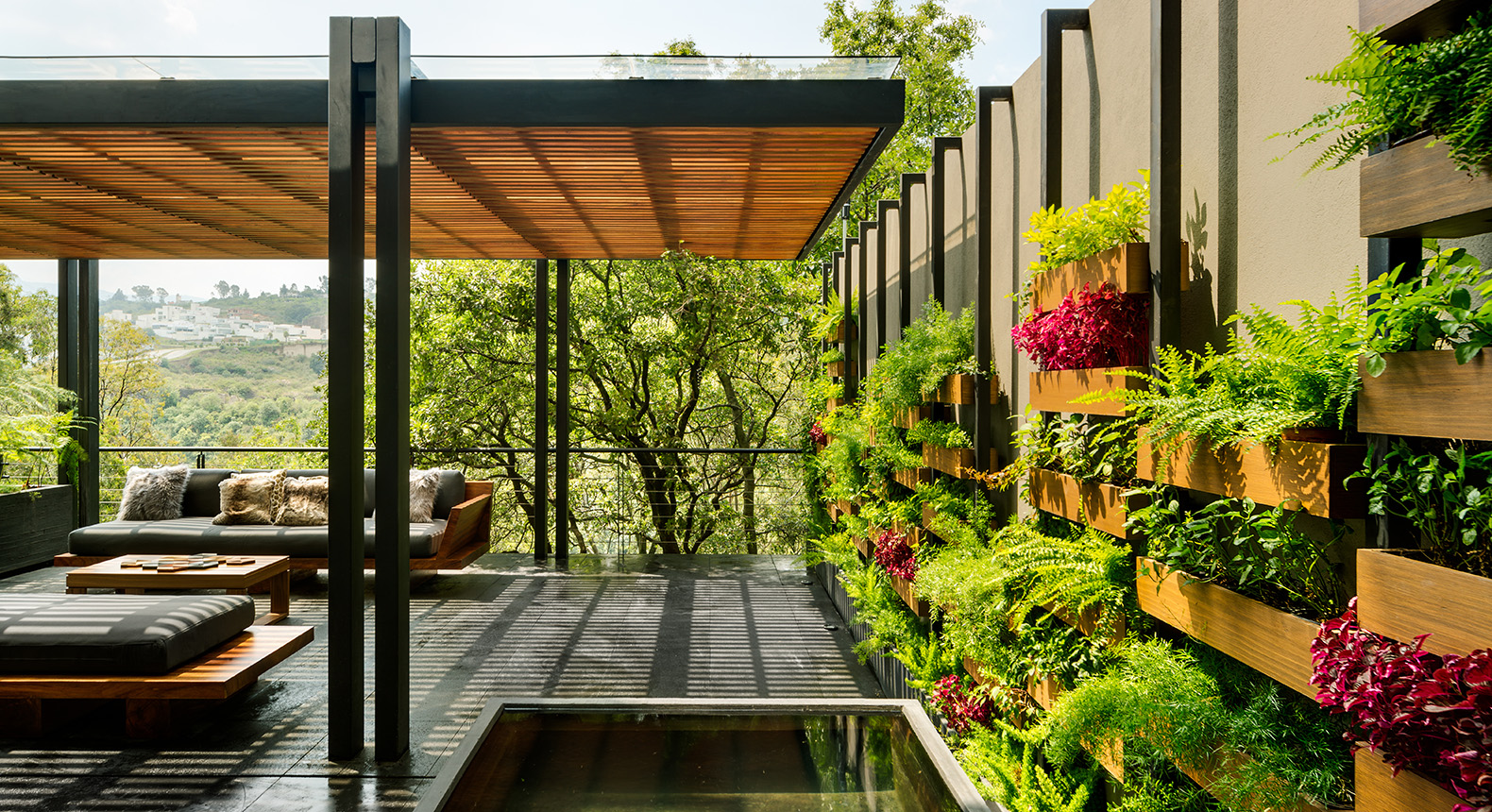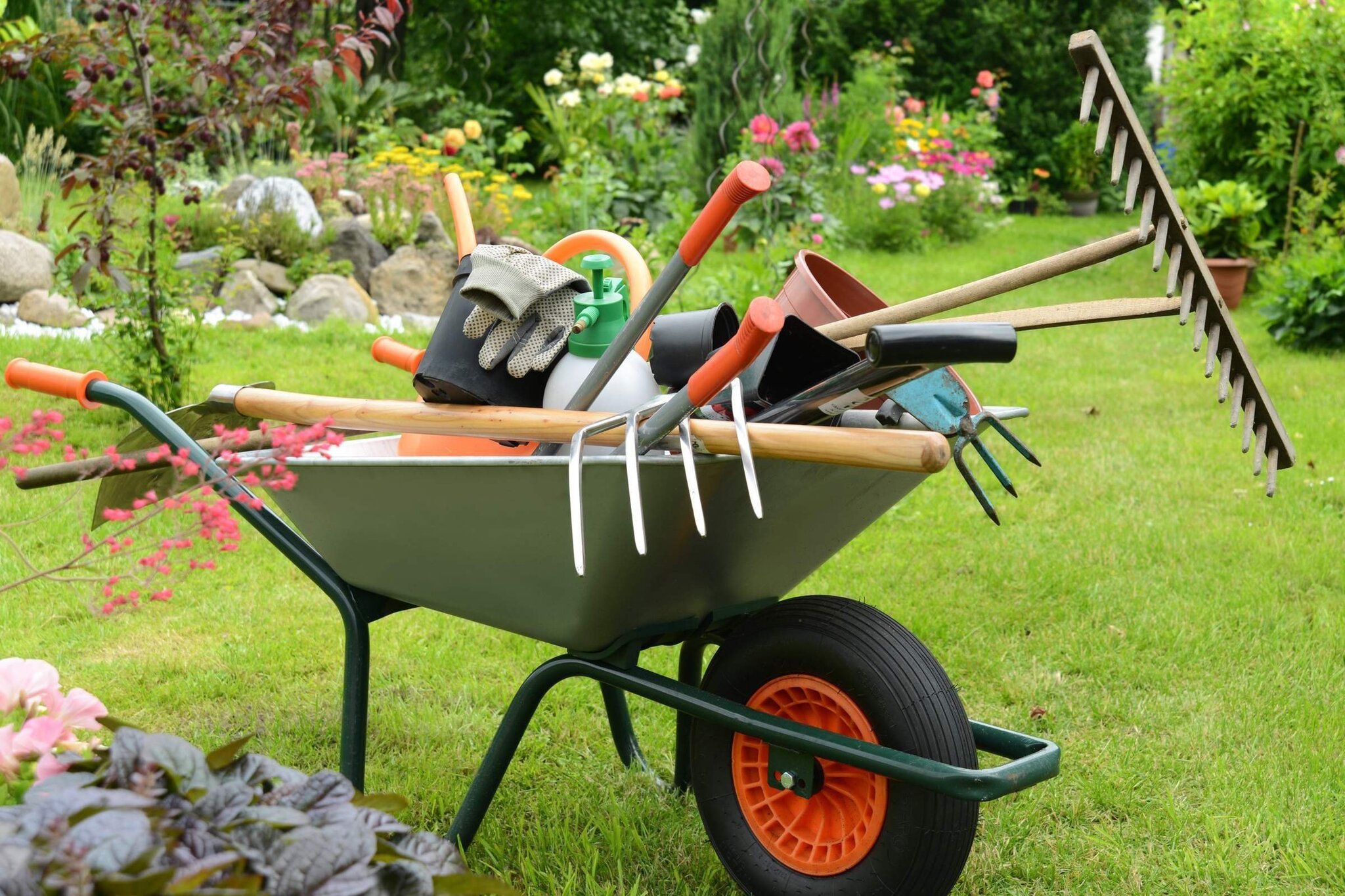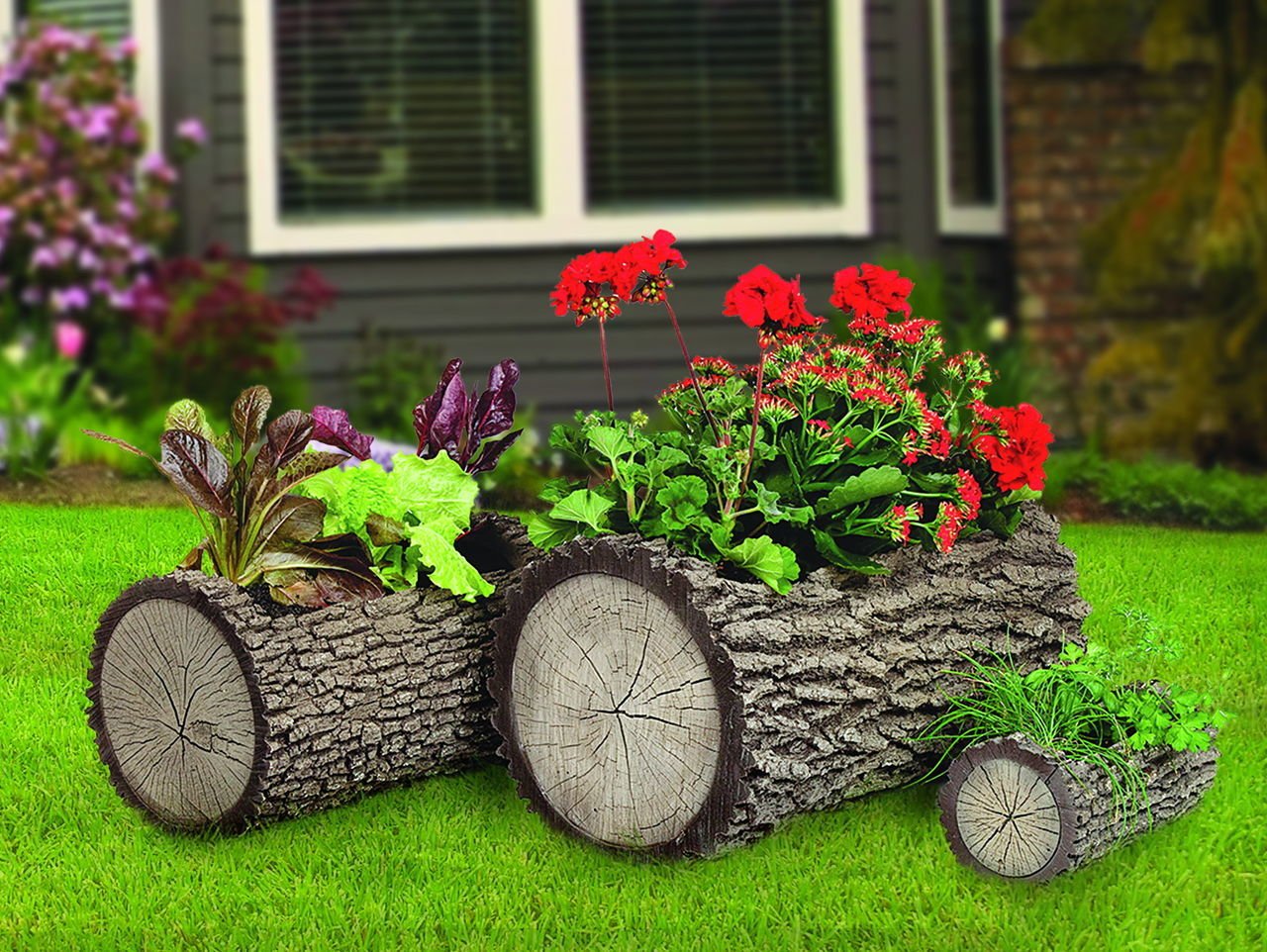In the bustling rhythm of modern urban life, the desire to connect with nature often collides with the constraints of limited space. Yet, the call of lush greenery and vibrant blooms need not be stifled by the confines of a city apartment or a small terrace. Enter the world of vertical gardening, a captivating solution that allows you to transform even the smallest balcony or terrace into a thriving oasis of life and beauty.
Vertical gardens, also known as living walls or green walls, are a testament to human ingenuity and our unrelenting desire to bring nature closer to our living spaces. Whether you're a seasoned gardener or just beginning to explore the wonders of planting, this comprehensive guide will unveil the secrets to creating your very own vertical garden. As we embark on this green journey together, we'll discover the art of selecting the right plants, designing an aesthetically pleasing arrangement, and maintaining a flourishing vertical garden that will leave you, your guests, and passersby in awe.
The Magic of Vertical Gardens
Vertical gardens are not merely a decorative trend; they are a fusion of art and nature. They provide a host of benefits that go beyond aesthetics and transform your balcony or terrace into a living canvas.
- Space Maximization: Vertical gardens are perfect for urban dwellers with limited outdoor space. They utilize vertical real estate, making the most of every inch and allowing you to enjoy the beauty of plants without sacrificing precious floor space.
- Air Quality: Plants are natural air purifiers, and vertical gardens contribute to improved air quality. They filter out pollutants and release oxygen, creating a fresher and healthier environment.
- Temperature Control: The presence of plants on your balcony or terrace can help moderate temperatures, keeping your outdoor space cooler in the summer and providing a degree of insulation in the winter.
- Sound Buffer: Green walls have the surprising ability to absorb sound, creating a peaceful oasis amidst the urban cacophony.
- Aesthetic Appeal: Vertical gardens are visually striking, transforming a dull wall into a living work of art. They offer a constant source of beauty and can be tailored to your personal style.
Selecting the Right Location
Before you start designing your vertical garden, it's crucial to choose the right location on your balcony or terrace. Consider the following factors:
- Sunlight: Evaluate the amount of sunlight your chosen spot receives throughout the day. Different plants have varying light requirements, so select species that thrive in the available light conditions.
- Wind Exposure: Wind can be harsh on delicate plants. If your balcony or terrace is windy, consider installing windbreaks or choosing sturdy plant varieties.
- Structural Integrity: Ensure that the wall or structure you intend to use can support the weight of the vertical garden. Wet soil and mature plants can become heavy, so it's essential to install a sturdy support system.
Choosing the Right Plants
The success of your vertical garden largely depends on selecting the right plants. Here are some considerations to keep in mind:
- Plant Size: Choose plants that are suitable for vertical gardening. Compact, trailing, or vining plants work best, as they don't require extensive root systems.
- Light Requirements: Match the plants' light requirements with the available sunlight on your balcony or terrace. Shade-loving plants, like ferns or begonias, are ideal for low-light areas, while sun-loving plants, such as succulents or herbs, thrive in full sun.
- Maintenance: Consider your level of gardening expertise and the time you can dedicate to maintenance. Some plants are more forgiving and require minimal care, while others may need frequent attention.
- Aesthetics: Think about the overall look you want to achieve. Do you prefer a lush, green wall, or are you drawn to colorful blooms? Mixing and matching plant varieties can create a visually captivating vertical garden.
Building Your Vertical Garden
Now that you've selected the perfect location and the right plants, it's time to build your vertical garden. Here's a step-by-step guide:
- Create a Support Structure: Install a sturdy support structure, such as a trellis, wire mesh, or a vertical garden system, on your chosen wall. Ensure it is securely anchored to the wall to handle the weight of the plants and soil.
- Choose the Right Growing Medium: Select a lightweight, well-draining growing medium, specifically designed for vertical gardens. This medium should retain moisture without becoming waterlogged.
- Planting: Plant your chosen species in the prepared medium. Use small pockets or containers if your vertical garden system has them, or plant directly into the growing medium if using a mesh or trellis.
- Watering: Proper watering is crucial for vertical gardens. A drip irrigation system or a soaker hose can help ensure that water reaches all parts of your garden evenly. Monitor soil moisture regularly to avoid overwatering or underwatering.
- Maintenance: Prune and trim your plants as needed to maintain their shape and prevent overcrowding. Remove any dead or yellowing leaves to keep your vertical garden looking its best.
Conclusion
Creating a vertical garden on your balcony or terrace is a rewarding endeavor that brings nature into your urban living space. It's a canvas for your creativity, a source of fresh air, and a haven of serenity amidst the hustle and bustle of city life. As you nurture your green wall and watch it flourish, you'll experience the magic of gardening in a whole new dimension. So, let your imagination take root, and embark on the journey of creating a vertical garden that will not only enhance your living space but also enrich your connection with the natural world.




I liked the interesting articles and up-to-date information on this blog.
The author fascinates me with well-written and interesting articles.